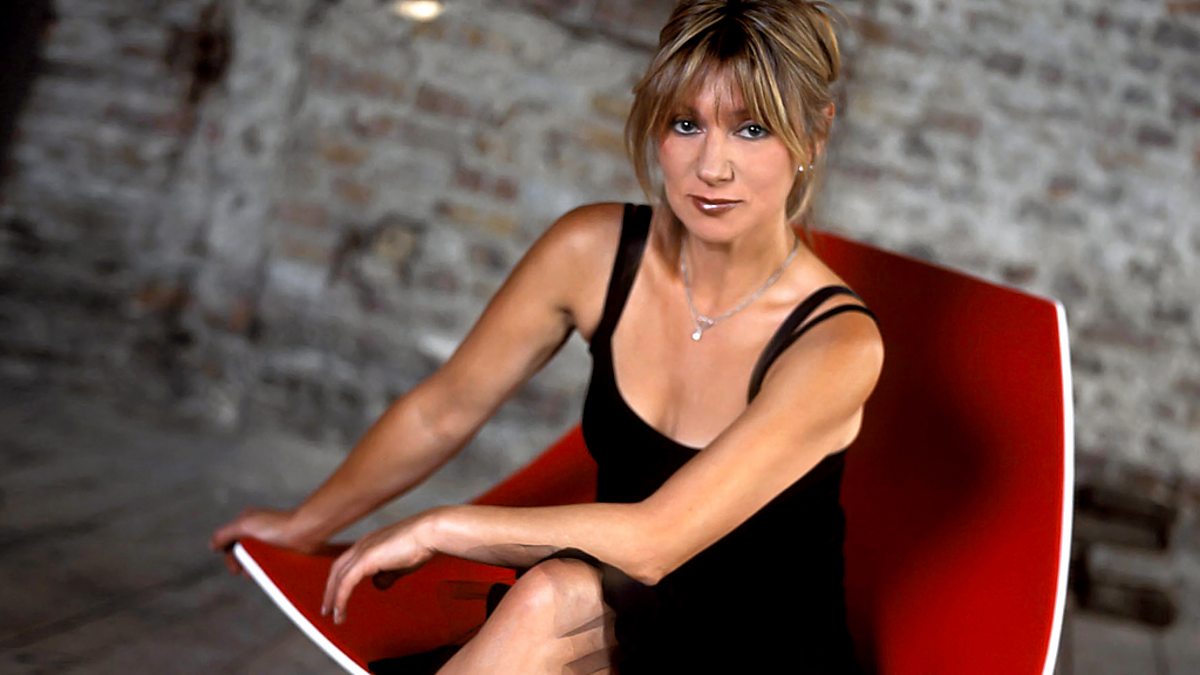Saturday
As part of the Piano Season on the BBC, Lucie Skeaping presents the first of two programmes about the development of the piano during the eighteenth century.
Lucie looks at the development of the piano from its origins in Florence with Bartolomeo Cristofori.
With contributions from the period instrument restorer Kerstin Schwarz, and Steven Devine, Professor of Fortepiano at Trinity College of Music
Sunday
Lucie continues her survey of the development of the period piano, ending in the early nineteenth century with instruments for which Beethoven and Haydn wrote music which were recognisable precursors of the modern concert grand piano.
Not very often we hear Beethoven on EMS.
CD Review 9.05am
VIVALDI: La Senna festeggiante
BONONCINI: Messa a cinque concertata; Stabat Mater
VINCI: Artaserse
(Max E. Cencic in a skirt role)
I told you it would make it to CDR (well, I didn’t exactly but near enough)
As part of the Piano Season on the BBC, Lucie Skeaping presents the first of two programmes about the development of the piano during the eighteenth century.
Lucie looks at the development of the piano from its origins in Florence with Bartolomeo Cristofori.
With contributions from the period instrument restorer Kerstin Schwarz, and Steven Devine, Professor of Fortepiano at Trinity College of Music
Sunday
Lucie continues her survey of the development of the period piano, ending in the early nineteenth century with instruments for which Beethoven and Haydn wrote music which were recognisable precursors of the modern concert grand piano.
Not very often we hear Beethoven on EMS.
CD Review 9.05am
VIVALDI: La Senna festeggiante
BONONCINI: Messa a cinque concertata; Stabat Mater
VINCI: Artaserse
(Max E. Cencic in a skirt role)
I told you it would make it to CDR (well, I didn’t exactly but near enough)



 (pedants corner / the BBC description - the last of Haydn's piano sonatas dates from 1794).
(pedants corner / the BBC description - the last of Haydn's piano sonatas dates from 1794).



Comment